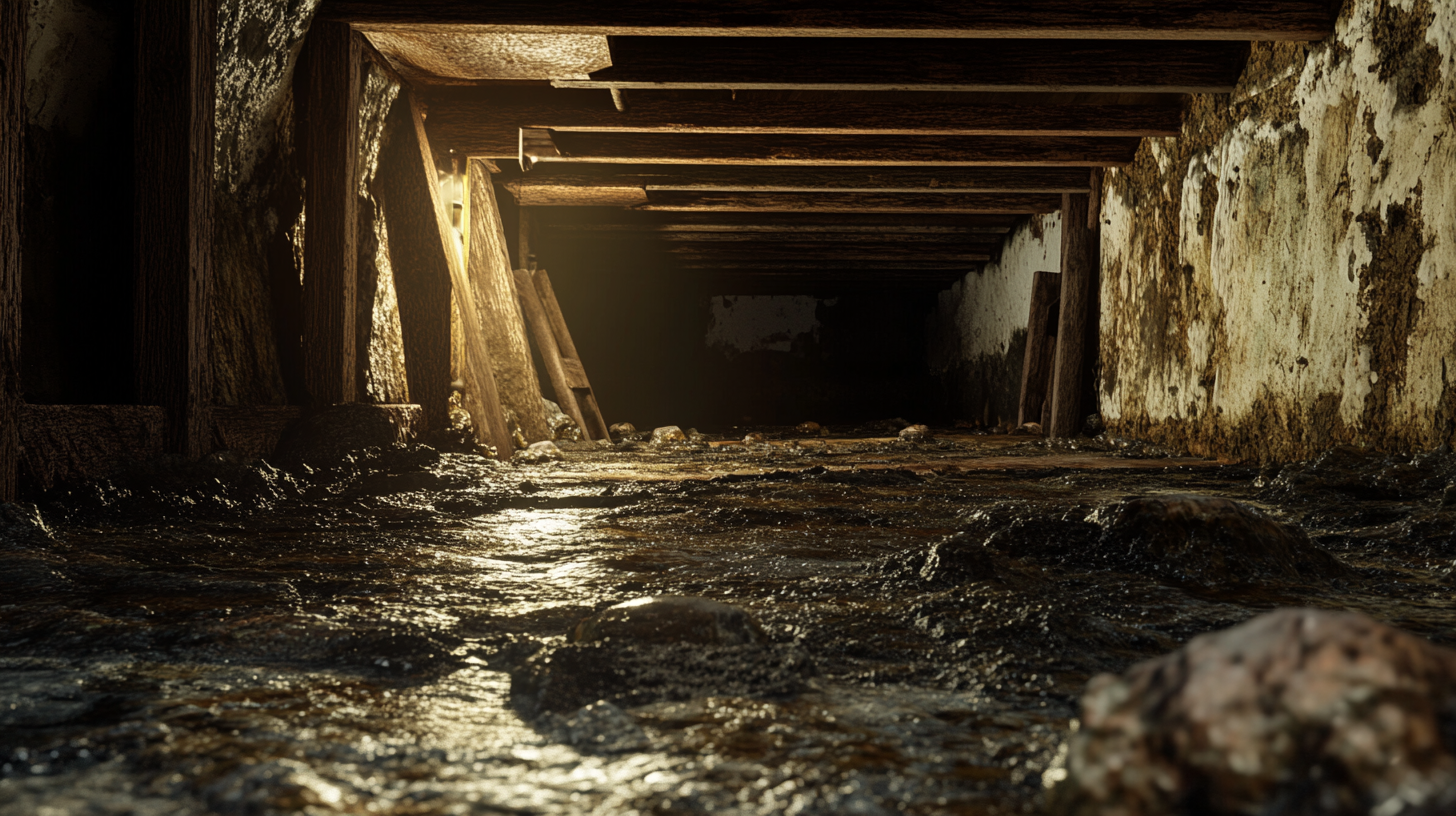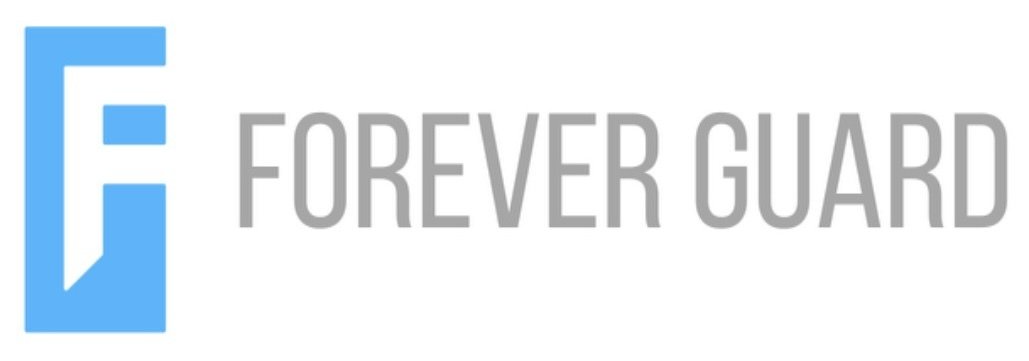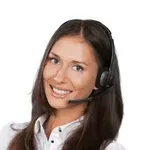Now IS THe Time To...

Crawl Space Services In Knoxville, TN
Stetson Howard: 865-432-6743
CRAWL SPACE ENCAPSULATION, REPAIR, WATERPROOFING & MOLD REMOVAL
No-Obligation, Free Inspections
No-Obligation Free Estimates
We Warranty All of Our Work
100% Satisfaction Guaranteed
Bathrooms are one of the most common areas in a home where mold can develop. With constant exposure to water and humidity, they create an ideal environment for mold growth. Every shower, bath, or faucet use introduces moisture into the air, and without proper ventilation, this moisture lingers, settling on surfaces like walls, ceilings, and tiles.
Poor airflow compounds the problem. Bathrooms are often small, enclosed spaces, and inadequate ventilation prevents moisture from escaping, allowing humidity levels to remain consistently high. This combination of constant dampness and limited airflow makes bathrooms particularly vulnerable to mold.
Understanding the factors that contribute to mold growth in bathrooms is key to preventing it. By addressing moisture control and improving ventilation, homeowners can reduce mold risks and maintain a clean, healthy bathroom environment. This guide explores why mold thrives in bathrooms and provides actionable solutions to protect this essential space in your home.
Why Mold Thrives in Bathrooms
Bathrooms are prime environments for mold growth due to the consistent presence of moisture and humidity. Understanding why mold thrives in these spaces allows homeowners to take targeted steps to prevent its development and maintain a clean, healthy bathroom.
The Role of Humidity and Moisture
The primary driver of mold in bathrooms is the high level of humidity created by everyday activities. Steam from hot showers and baths fills the air with moisture, which often has no place to escape. Without proper ventilation, this moisture lingers, settling on surfaces like walls, ceilings, and tiles. Poor drying conditions exacerbate the problem, as damp surfaces take longer to dry in a closed environment, creating the perfect conditions for mold spores to flourish.
Common Mold Hotspots
Mold in bathrooms tends to accumulate in specific areas where moisture is trapped or surfaces remain damp for extended periods. Grout and caulking around tiles and tubs are frequent hotspots, as these porous materials absorb water and can retain it for long periods. Mold is also commonly found under sinks and around plumbing fixtures, where small leaks or condensation can create hidden dampness. Ceiling corners and areas behind mirrors or cabinets, especially in bathrooms with poor ventilation, are often overlooked but provide ideal conditions for mold growth. Regular inspection and maintenance of these areas are essential to keep mold at bay.
Daily Habits to Prevent Bathroom Mold
Incorporating simple daily habits into your routine can make a significant difference in preventing mold growth in bathrooms. By managing moisture levels and maintaining cleanliness, you can keep your bathroom mold-free and maintain a healthier living environment.
Use Exhaust Fans or Ventilation
Proper ventilation is one of the most effective ways to reduce humidity and prevent mold. Turn on the exhaust fan during showers or baths and leave it running for at least 15–20 minutes afterward to expel excess moisture from the air. In bathrooms with natural ventilation, open windows to improve airflow and let steam escape. This helps maintain a dry and balanced environment, making it harder for mold to thrive.
Wipe Down Surfaces
After each use, take a few moments to dry wet surfaces to minimize water buildup. Use a towel or cloth to wipe down tiles, shower doors, and countertops, removing any lingering moisture. A squeegee is particularly useful for quickly removing water from shower walls and floors, reducing the risk of mold developing in hard-to-dry areas. These small daily efforts help prevent moisture from becoming a long-term problem.
Eliminate Standing Water
Standing water is a common source of mold growth in bathrooms, so addressing it promptly is essential. Fix dripping faucets and leaky pipes as soon as they are noticed to prevent water from pooling. Additionally, dry up any water spills around sinks and tubs immediately, as even small amounts of water can seep into crevices and create mold-friendly conditions. These proactive measures ensure that your bathroom remains a mold-resistant space.
Cleaning Practices to Keep Mold at Bay
Maintaining a consistent cleaning routine is essential for preventing mold growth in bathrooms. By addressing high-risk areas and eliminating moisture-trapping items, you can create a space that is less hospitable to mold while keeping your bathroom fresh and hygienic.
Regular Cleaning Routine
A weekly cleaning routine is key to keeping mold at bay. Use a mold-preventive cleaner, such as a solution of vinegar and water or a mixture of baking soda and water, to thoroughly clean bathroom surfaces. Pay extra attention to grout lines, corners, and less-accessible areas where moisture and dirt often accumulate. Regular cleaning prevents the buildup of mold spores and reduces the chances of mold taking hold in your bathroom.
Target High-Risk Areas
High-risk areas like grout and caulking require special attention. Scrubbing these surfaces regularly helps remove any early signs of mold growth before they can spread. If caulking or grout is damaged or worn out, replace it promptly to ensure a waterproof seal. Properly maintained grout and caulking not only prevent water infiltration but also reduce the risk of mold developing in hidden crevices.
Avoid Moisture-Trapping Items
Moisture-trapping items, such as bath mats and towels, can become breeding grounds for mold if not cared for properly. Wash and dry these items frequently to prevent moisture from lingering. Opt for moisture-wicking or quick-dry materials for shower curtains, as these reduce the likelihood of mold forming on the fabric. By addressing these often-overlooked items, you can further safeguard your bathroom from mold growth.
Maintenance Tips for Long-Term Prevention
Long-term mold prevention in bathrooms requires regular maintenance and strategic upgrades. By sealing surfaces, improving bathroom design, and addressing plumbing issues promptly, you can create a durable defense against mold, ensuring a healthier and cleaner space for years to come.
Seal Grout and Tiles
Grout and tiles are particularly vulnerable to moisture absorption, making them prime areas for mold growth. To protect these surfaces, apply a grout sealer every six months. This creates a barrier that prevents water from penetrating the grout lines. Additionally, use mold-resistant caulking around tubs, sinks, and other fixtures to maintain a waterproof seal. These simple measures significantly reduce the risk of moisture buildup and mold development.
Improve Bathroom Design
Upgrading your bathroom with waterproof and mold-resistant materials can make a lasting impact on mold prevention. Install durable materials like vinyl or ceramic tiles on floors and walls, which are easier to clean and less likely to absorb moisture. For added protection, consider using mold-resistant paint or coatings on walls and ceilings. These design improvements not only enhance the bathroom’s aesthetic appeal but also provide long-term protection against mold.
Check and Fix Plumbing Issues
Hidden plumbing issues are a common source of moisture in bathrooms, so regular inspections are essential. Check under sinks, around toilets, and behind walls for signs of leaks or water damage. If you find any issues, replace worn-out washers, pipes, or fixtures immediately to avoid water seepage. Addressing plumbing problems promptly prevents moisture from accumulating in hidden areas, reducing the likelihood of mold taking hold.
Using Technology to Prevent Mold
Integrating modern technology into your bathroom can provide a proactive approach to mold prevention. Tools like dehumidifiers and smart moisture sensors help maintain optimal humidity levels and detect potential issues before they escalate, ensuring a healthier and safer space.
Install a Bathroom Dehumidifier
A bathroom dehumidifier is a practical solution for reducing excess moisture, especially in windowless or poorly ventilated bathrooms. These compact devices work efficiently to lower humidity levels, creating an environment less conducive to mold growth. Set the dehumidifier to maintain humidity below 50%, the threshold at which mold is unlikely to thrive. Regularly clean and maintain the device for optimal performance, ensuring it continues to provide effective moisture control.
Smart Moisture Sensors
Smart moisture sensors offer a high-tech solution for monitoring humidity and detecting water leaks in your bathroom. These devices provide real-time data on moisture levels, helping you maintain a healthy environment. Many sensors also include alert systems, notifying you immediately if humidity levels exceed safe limits or if water leakage is detected. Acting on these alerts promptly allows you to address potential mold risks before they become significant problems.
FAQs
Recent Blog Posts
Crawl Space News







